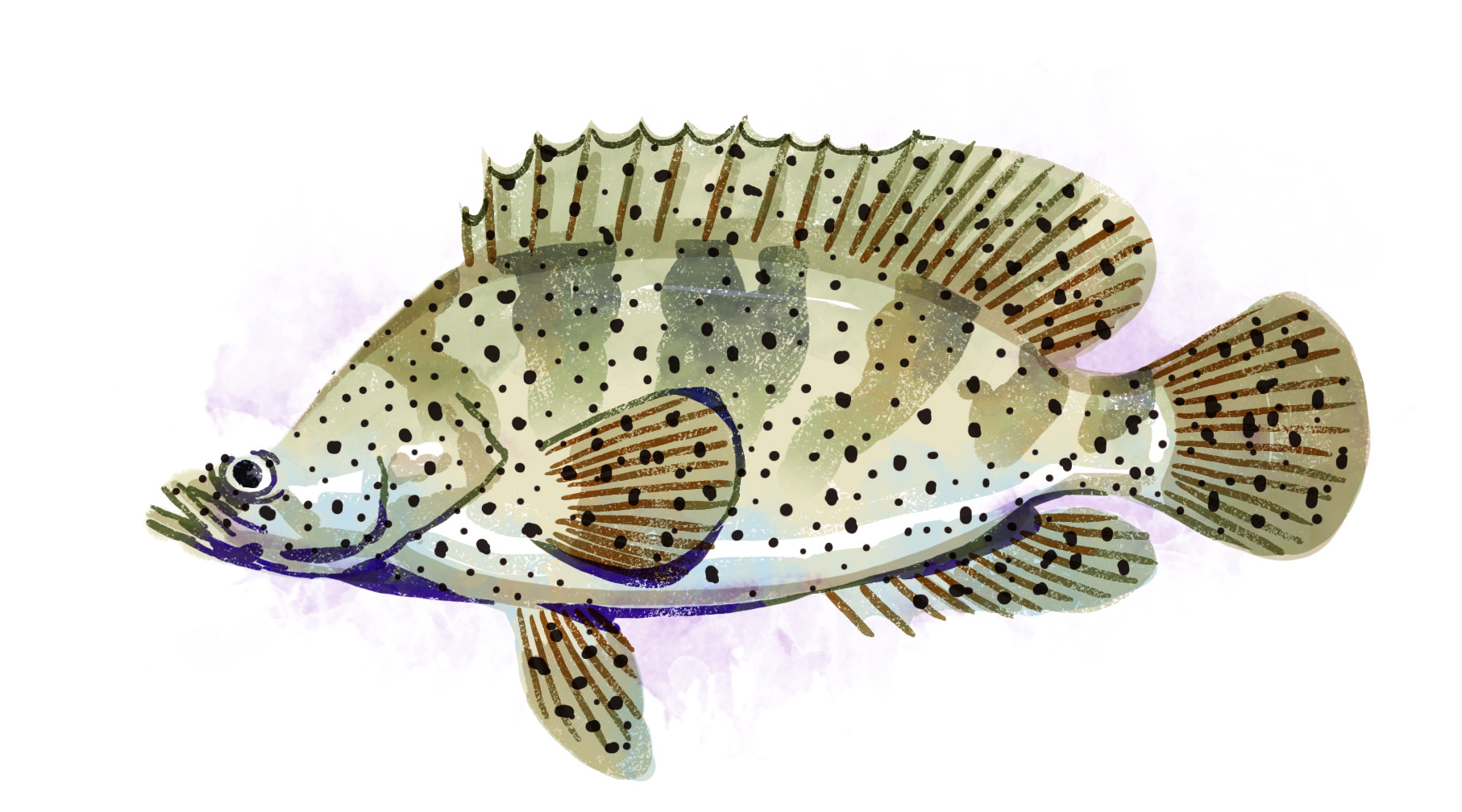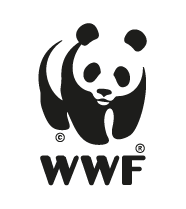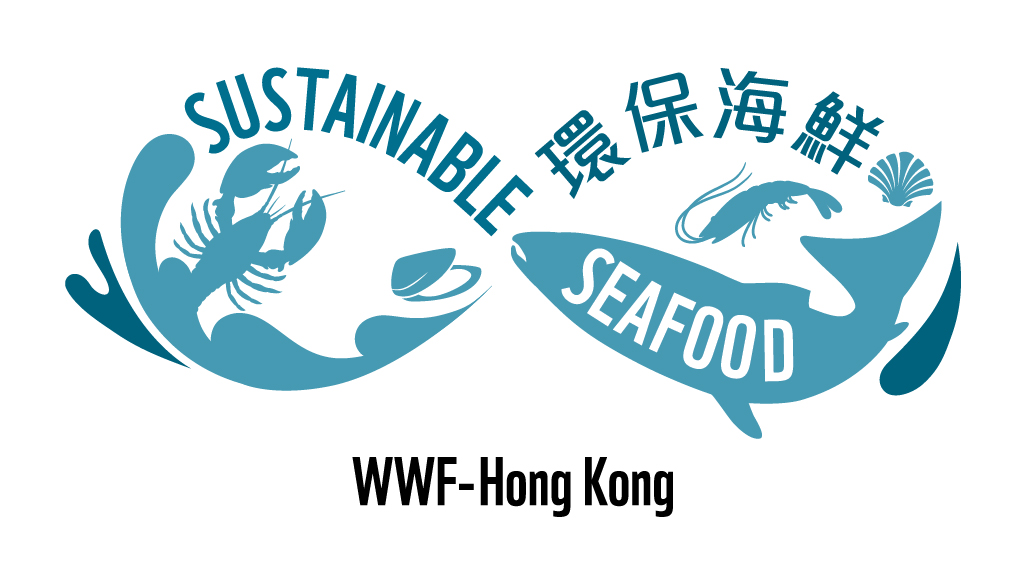
Hatchery-based
This species is carnivorous with feed consisting of trash fish, which exacerbate the depletion of wild marine resources. Many high-finned grouper farmers have started using commercial pellet feed, which still relies on high inputs of fish meal and is not currently traceable and sustainable.
With this open sea production method, the culture of high-finned grouper in sea cages can negatively affect the surrounding environment and habitats, especially through high waste discharge and disease. The escape risk is high, but the high-finned grouper is native to Indonesia hence the escape impact is low. Grouper diseases are a big issue and to reduce the problem, large quantities of antibiotics and chemicals are required, which can lead to serious problems to the surrounding environment.
The regulatory framework of the aquaculture sector in Indonesia is still not effective and more solid regulations are required. However, the Indonesian government recently released a better management practices for grouper culture.

